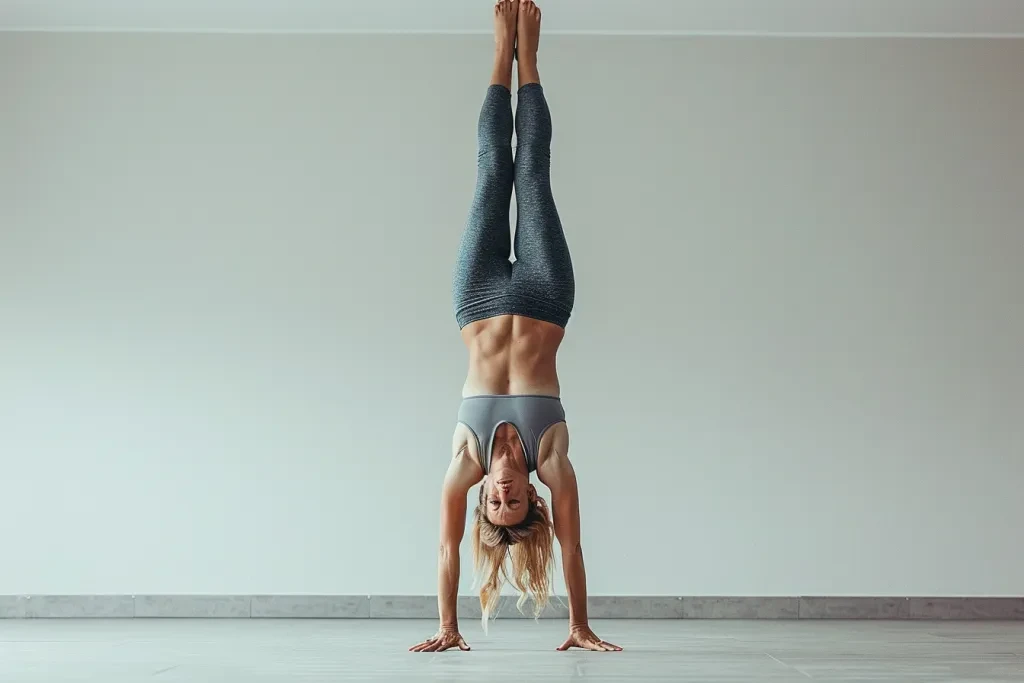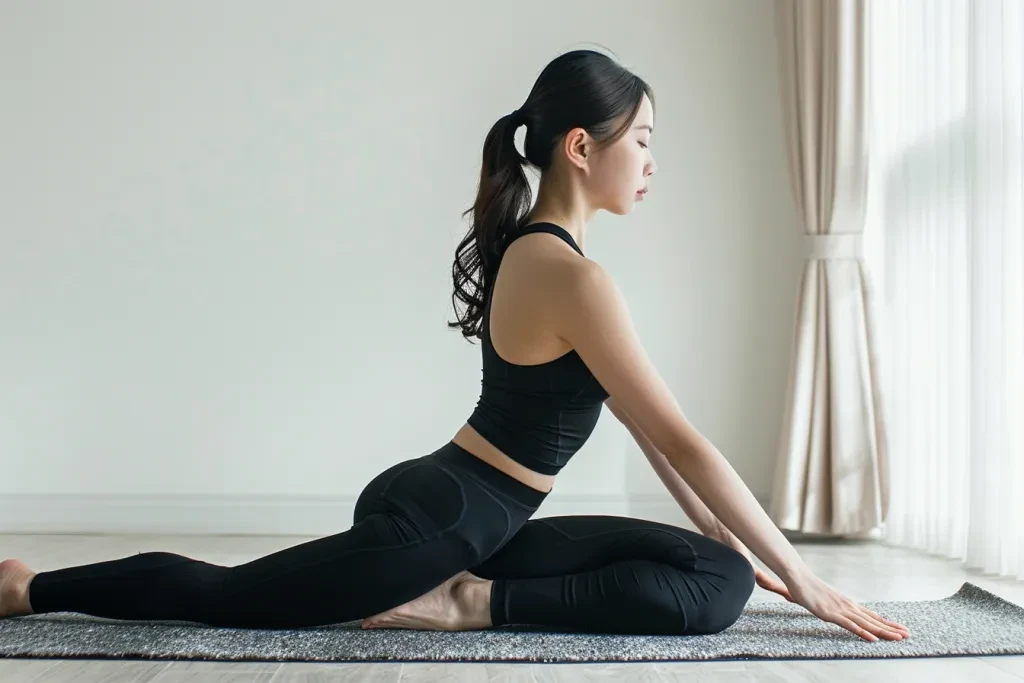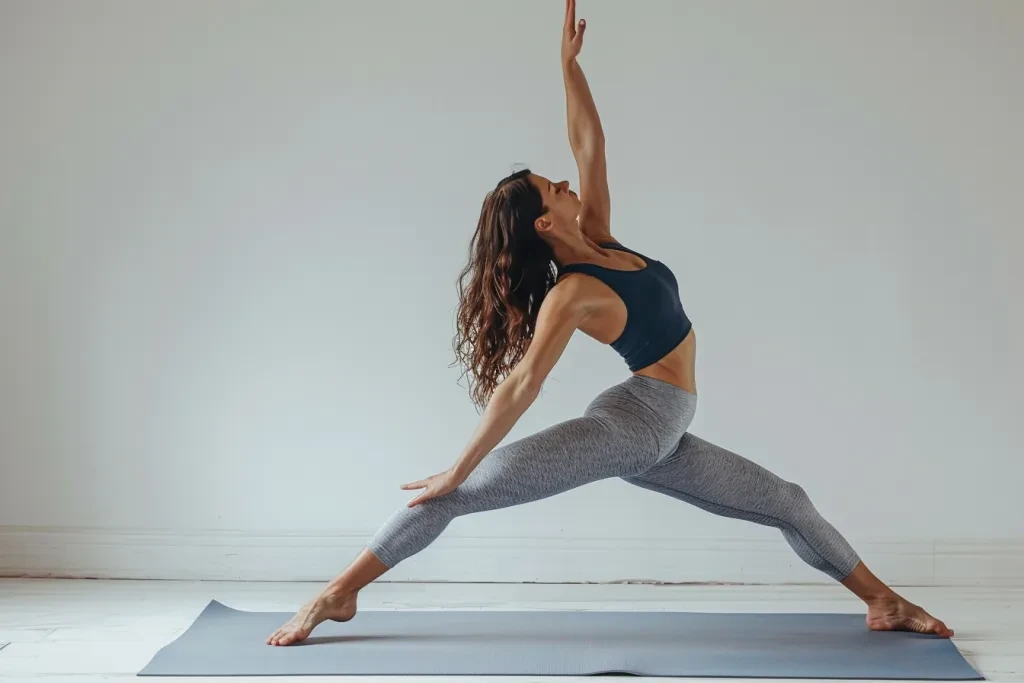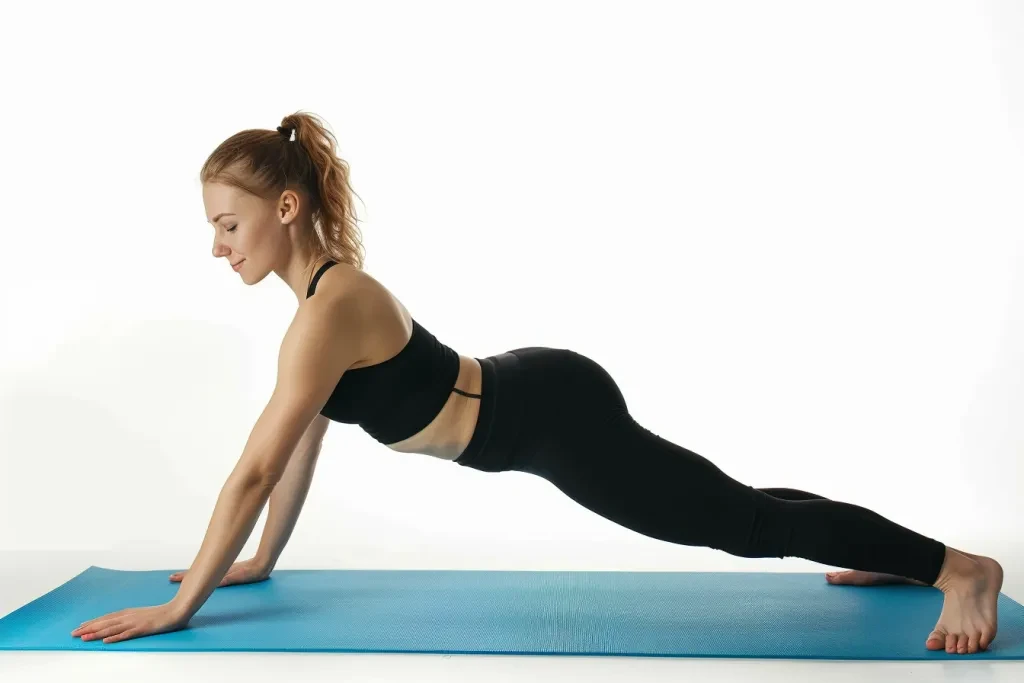Yoga, an ancient practice rooted in Indian philosophy, has evolved into various styles, each offering unique benefits to its practitioners. This article delves into the most popular types of yoga, shedding light on their distinctive features and potential health benefits. Whether you’re a seasoned yogi or new to the practice, understanding these variations can help you choose the path that best aligns with your fitness goals and lifestyle.
Table of Contents:
– Hatha yoga: the foundation of physical practices
– Vinyasa yoga: the flow of movement and breath
– Bikram and Hot Yoga: the heat is on
– Kundalini yoga: awakening inner energy
– Restorative yoga: the art of relaxation
Hatha yoga: the foundation of physical practices

Hatha yoga is often considered the foundation of all yoga types, focusing on physical postures (asanas) and breathing techniques (pranayama). This practice aims to prepare the body for deeper spiritual practices such as meditation. Hatha classes are typically slower-paced, making them an excellent choice for beginners. They provide an opportunity to learn the basics of yoga postures and breath control, promoting flexibility and relaxation.
Vinyasa yoga: the flow of movement and breath

Vinyasa yoga, known for its fluid, movement-intensive practices, emphasizes the synchronization of breath with movement. This dynamic form of yoga keeps you moving from one pose to another, creating a cardiovascular workout within the practice of yoga. Vinyasa classes can vary widely in speed and intensity, making them suitable for practitioners of all levels who seek to improve their strength and endurance while maintaining a focus on breath and movement alignment.
Bikram and Hot Yoga: the heat is on

Bikram yoga, a specific sequence of 26 postures and two breathing exercises, is practiced in a room heated to approximately 105 degrees Fahrenheit with 40% humidity. Hot Yoga, while similar in the use of heat, does not adhere to the Bikram sequence and can include a variety of poses. These practices are designed to promote flexibility, detoxification, and injury prevention. However, they may not be suitable for everyone, especially those with cardiovascular issues or heat sensitivity.
Kundalini yoga: awakening inner energy

Kundalini yoga is a mystical style of yoga that goes beyond physical postures to include chants, mantra, and meditation, with the goal of awakening the kundalini energy at the base of the spine. This practice emphasizes the movement of energy through the chakras (energy centers) of the body, aiming to achieve spiritual enlightenment. Kundalini yoga can be both uplifting and transformative, offering profound spiritual experiences alongside physical benefits.
Restorative yoga: the art of relaxation

Restorative yoga focuses on relaxation and healing, using props like bolsters, blankets, and blocks to support the body in various poses. This gentle approach allows practitioners to hold poses for longer periods, promoting deep relaxation and stress relief. Restorative yoga is ideal for those looking to unwind and de-stress, including individuals recovering from injuries or dealing with chronic stress and anxiety.
Conclusion:
The diversity within the practice of yoga offers a rich tapestry of experiences, catering to a wide range of preferences and needs. Whether you’re drawn to the physical challenge of Vinyasa, the heat of Bikram, the spiritual depth of Kundalini, the foundational aspects of Hatha, or the relaxation of Restorative yoga, there’s a style that resonates with your personal journey. By exploring different types of yoga, you can discover the unique blend that best supports your physical, mental, and spiritual well-being.



